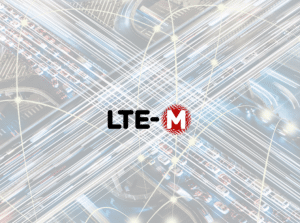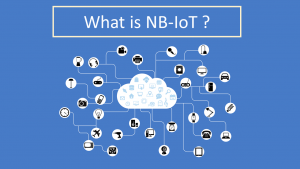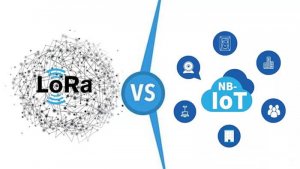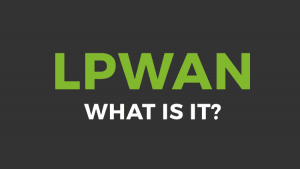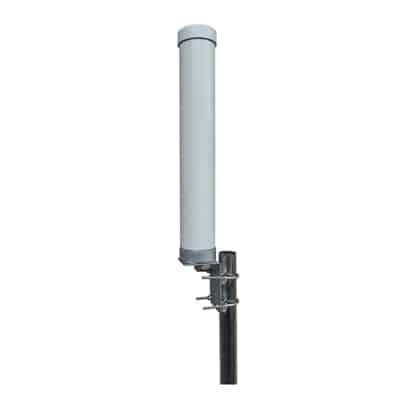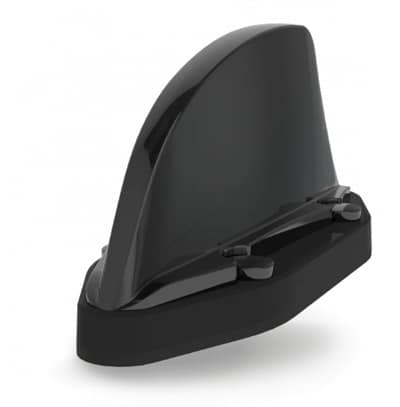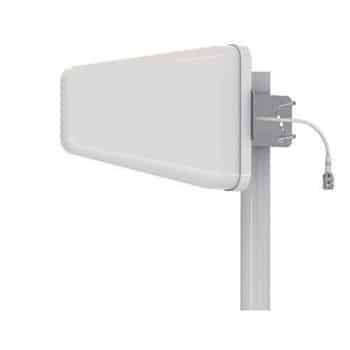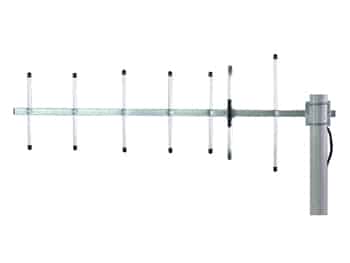7 Use Cases of LPWAN in Asset Tracking and Logistics
Low- Power Wide- Area Network (LPWAN) technology is changing the game in the world of asset tracking and logistics. This arising technology has the implicit to revise the logistics assiduity by furnishing real-time data on the position and condition of means, optimizing operations, reducing delay times, perfecting force operation, and reducing the threat of theft. In this article, we will explore seven LPWAN use cases in asset tracking and logistics, including Container Tracking, Vehicle Tracking, Asset Monitoring, Supply Chain Management, Asset Recovery, Fleet Management, and Cold Chain Management. LPWAN Use Cases in Asset Tracking and Logistics Wide-area low-power networks have changed how companies manage their means (LPWAN). Because of its long-range, low-power capabilities, LPWAN is suitable to cover means across great distances and track their precise locations. The use cases of LPWAN in asset tracking and logistics include the following: 1. Container Tracking Container tracking is a common use case


